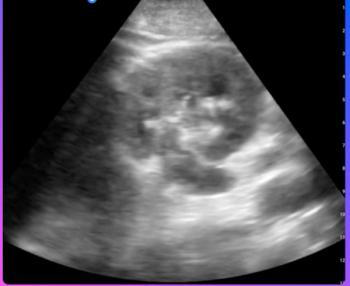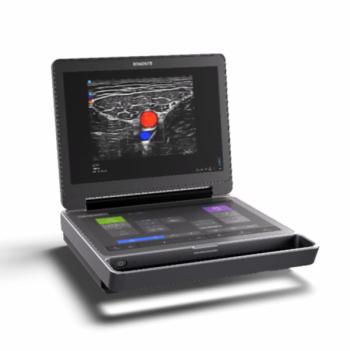
Report from AIUM: 3D ultrasound knows who you are
Three-dimensional diagnostic ultrasound could be used for physiologic biometrics and positive individual identification, according to a study presented Monday at the AIUM meeting.
Three-dimensional diagnostic ultrasound could be used for physiologic biometrics and positive individual identification, according to a study presented Monday at the AIUM meeting.
Dr. Ganesh Narayanasami and colleagues from the University of Michigan's radiology department used a conventional 3D ultrasound scanner to collect anatomic and physiologic features of human fingers. After repeated scanning tests on several volunteers, the investigators found a number of anatomic and physiologic features that were unique to each individual.
They discovered that heart rate, body temperature, and blood pressure measured by B-mode and Doppler imaging showed a number of identifying characteristics not visible with conventional gray-scale scanning. Gray-scale, compound, and color-flow images from fingers were coregistered using special software.
Three-D color flow revealed unique spatial vascular characteristics as well as heart rate and peripheral flow indicators that were tested before and after the subjects participated in mild physical exercise.
This physiological information along with fingerprint images can provide reliable personal identification in hospitals, schools, and other public and private institutions, Narayanasami said. Ultrasound fingerprinting can be obtained from inexpensive fingerprint sensors that are already commercially available.
Newsletter
Stay at the forefront of radiology with the Diagnostic Imaging newsletter, delivering the latest news, clinical insights, and imaging advancements for today’s radiologists.




























